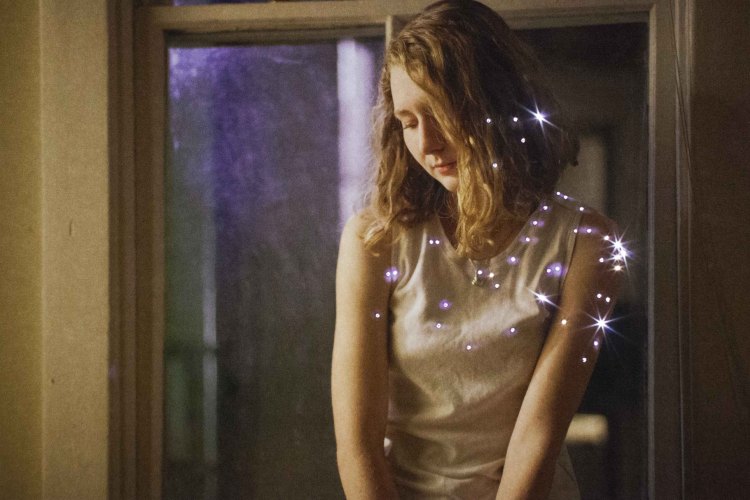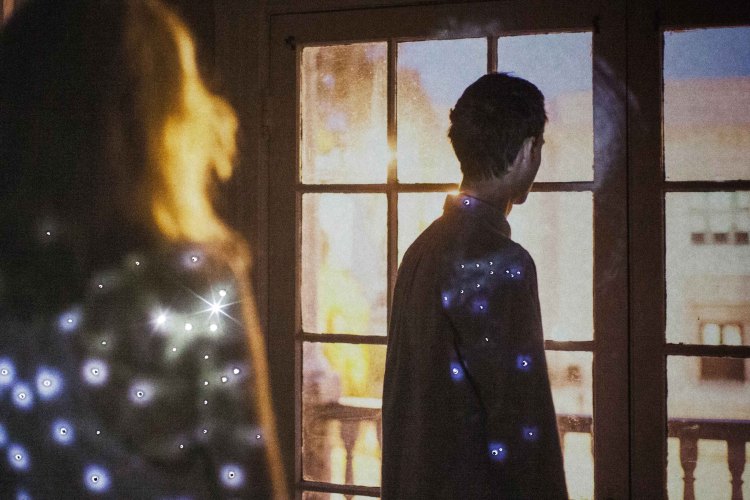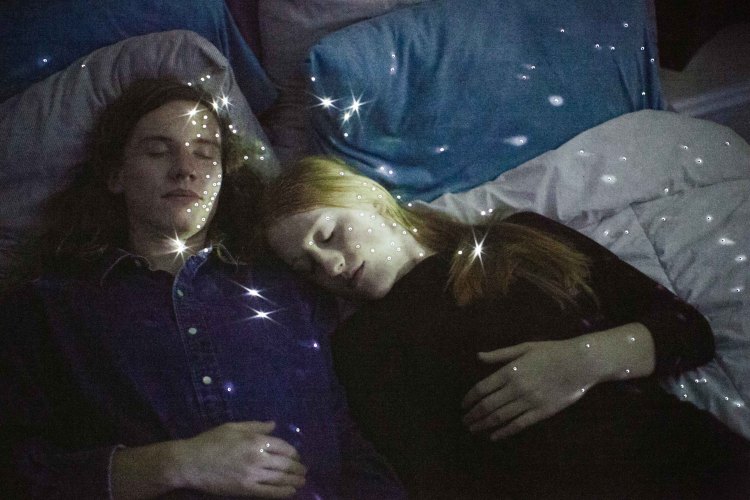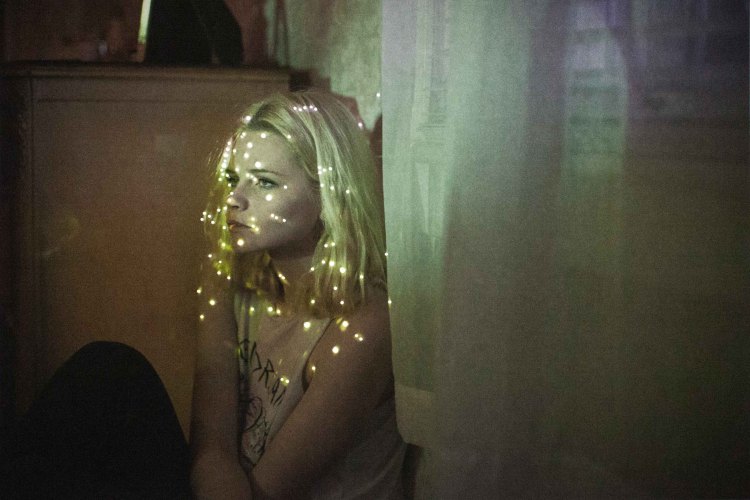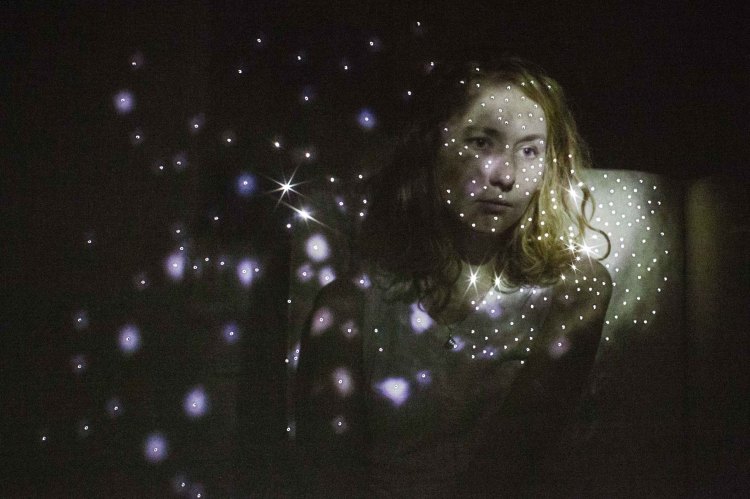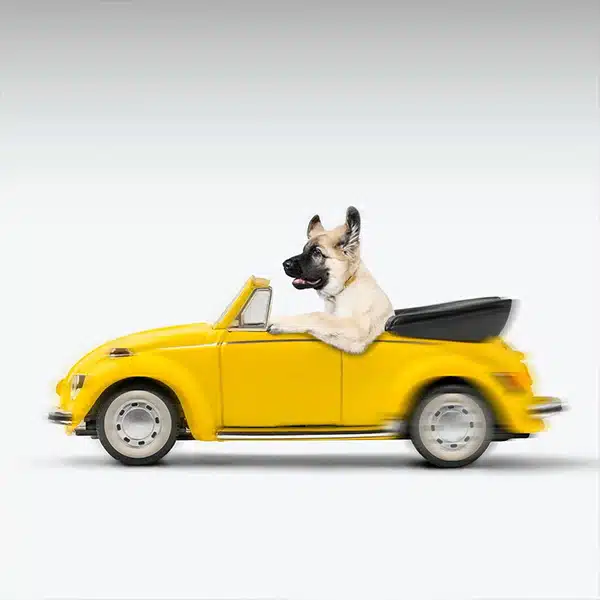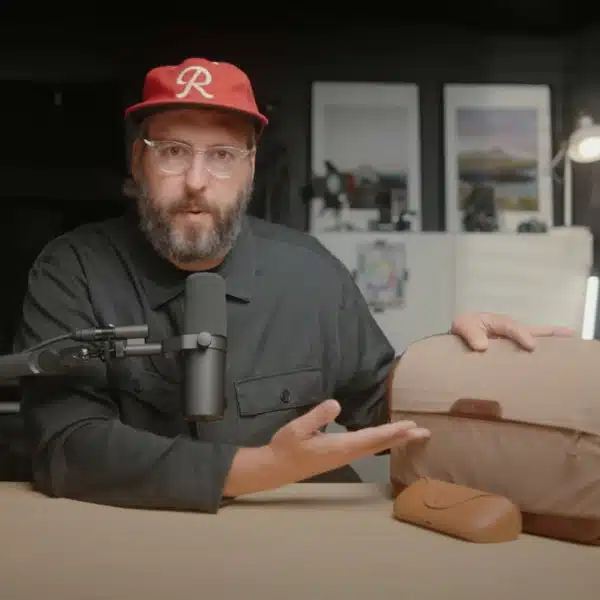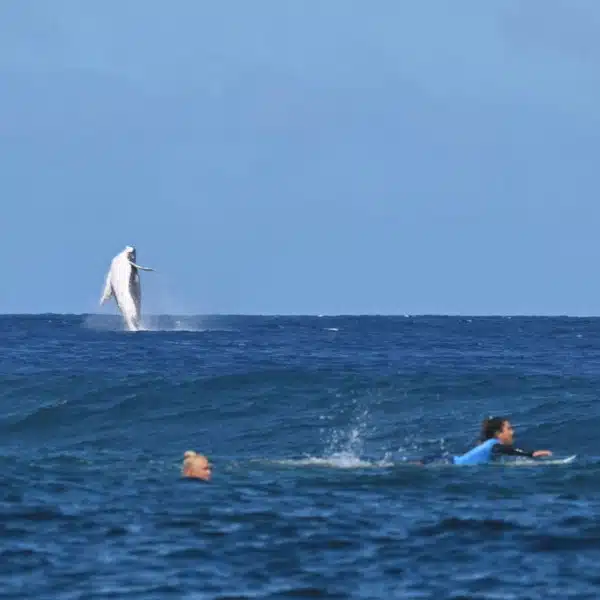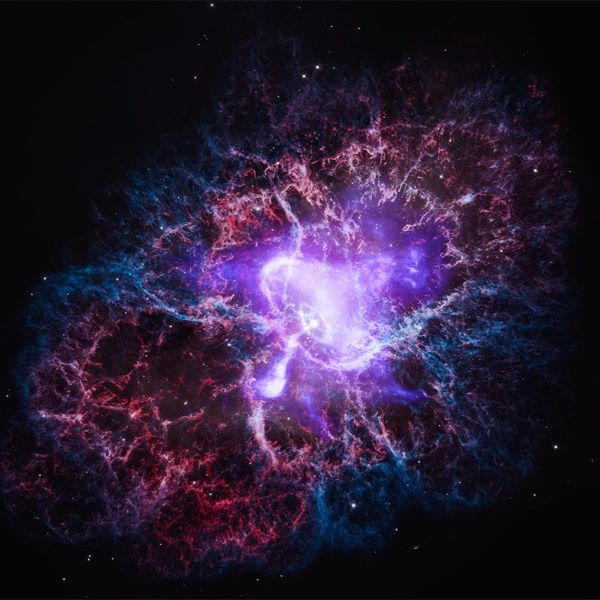Inspired by modern astrophysicists, photographer Molly Strohl uses a simple technique to photograph pinpoints of light as a way to remind us that we are all made of stars. Molly creates haunting images that beautifully embody the lonely young souls of her characters. As a viewer, you can feel the tumultuous years of youth, relate to the struggle of self-understanding, and sympathize with the thought process that goes into figuring out where you belong. It's something we all experience as we come of age. This photo series is like a warm light that serves as a gentle reminder that we are all connected and going through a similar process, even if we are unaware. Molly's series asks the question, if the universe is within us all, how could you ever truly be alone?
We were lucky enough to catch up with Molly for an exclusive interview on her series, “Stardust.”
Hi Molly! Can you tell us a bit about yourself?
I am a 22-year-old girl who spends too much time on Netflix, and has a soft spot for anything covered in chocolate.
How did you become interested in photography?
Since middle school, I always thought photography was interesting, but I had never really took it beyond the over-edited MySpace selfie. It wasn't until I was about sixteen or seventeen that I saved up all my pennies and bought a Canon Rebel XTi. I got into the whole Flickr scene and saw how photography could be used as an art form beyond profile pictures.
Where do you find inspiration for your “Stardust” series?
I saw Amy Friend's series Dare alla Luce in which she took old vintage photographs and used the technique of poking holes through the photo and shining light behind it to breathe new life into the images. The first time I saw them, I just imagined them all as little stars on the photos. Not long after that, I heard Neil DeGrasse Tyson's talk on the idea that we are all made of stars, and I connected the two to create my series.
What are your most important photography tools?
Light! I strongly believe that a good photograph starts with good lighting or at least being able to work with the light you have to your advantage. Besides light (or obviously my camera), I would say I shoot my best photos when there is music playing. Something about that background noise allows me to not overthink what I'm shooting.
What is on your must have list for each shoot?
For the Stardust series specifically, I always needed an assistant to hold my spotted light contraption, a flashlight or two for my light source, a pack of gels in case I wanted to change the color of the light, and a tripod since I was shooting in pretty dark conditions at a slow shutter speed.
How much planning goes into creating a piece?
Honestly, a lot happens on the spur-of-the-moment, while I'm shooting. I usually don't know the location I'm shooting at so I arrive to the shoot, walk around, and place the model in places where I think I might get an interesting composition.

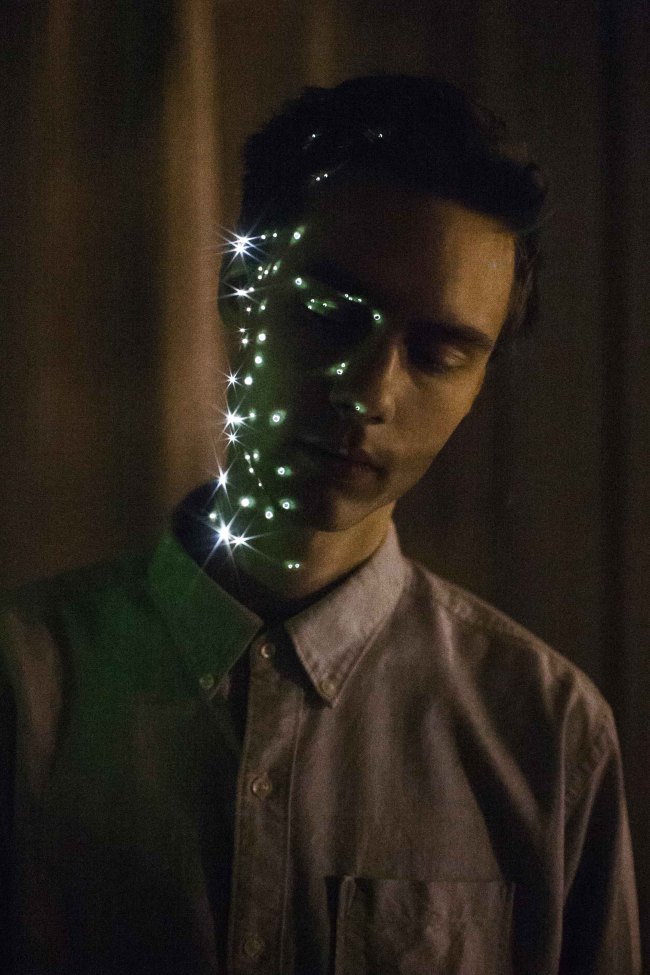 How do you choose your models?
How do you choose your models?
Everyone I've shot for the series have been pretty good friends of mine. I wanted to use my friends because I felt that it helped me connect with the idea of the series. The thought that my friends and I are all made of the same stardust was really nice, too.
What do you look for in a location?
I try to shoot in my model's homes as often as I can. Aside from a few shoots where I shot elsewhere, I definitely prefer shooting people in their own environments.
Can you share with us a bit of how you post process your images?
Basically, after I've shot the images with my model, I do a round of color correction/editing and then print those into small 4×6 prints that I poke holes in using various needles. After that I suspend the images and stand behind them with a light while I use my remote to fire my camera about a million times hoping that one turns out the way I want. 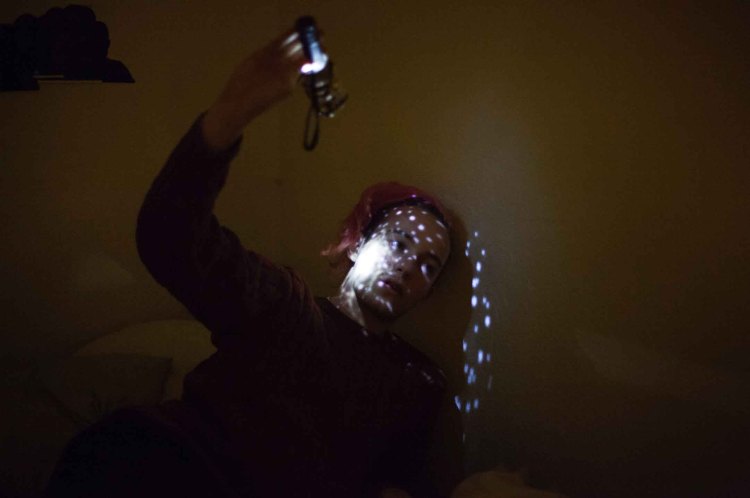
Do you have any plans for the future of the series?
I tend to go through waves of inspiration for the series. At the moment, I'm in a good place with it that I feel comfortable to leave it for a while. I had some vague new ideas for the series and taking it in a new direction, but until I round out those ideas more, I think the series will be taking a little hiatus…again.
Do you have any advice for aspiring photographers?
This is probably advice I should take myself, but shoot any ideas you have and no matter how bad they might turn out, learn from your experimentations. Chuck Jones' advice that, “You have to draw 100,000 bad drawings before you have a good drawing,” definitely rings true in the world of photography too. You are going to take A LOT of really terrible photos before you make some good ones. Just don't loose faith in yourself along the way, and you'll get there.
Thank you so much Molly! You can check out more of this talented photographer's work on her website.
Are you a photographer? Would you like to be interviewed for our Behind The Lens series? Leave your links in the comments below!

